These 4 Fall Flowering Trees Add Sublime Color and Showy Splendor to Any Yard
Autumn color is generally associated with vivid leaf tones – but you won’t regret saving some space for late-year bloomers. Here are 4 gorgeous fall flowering trees
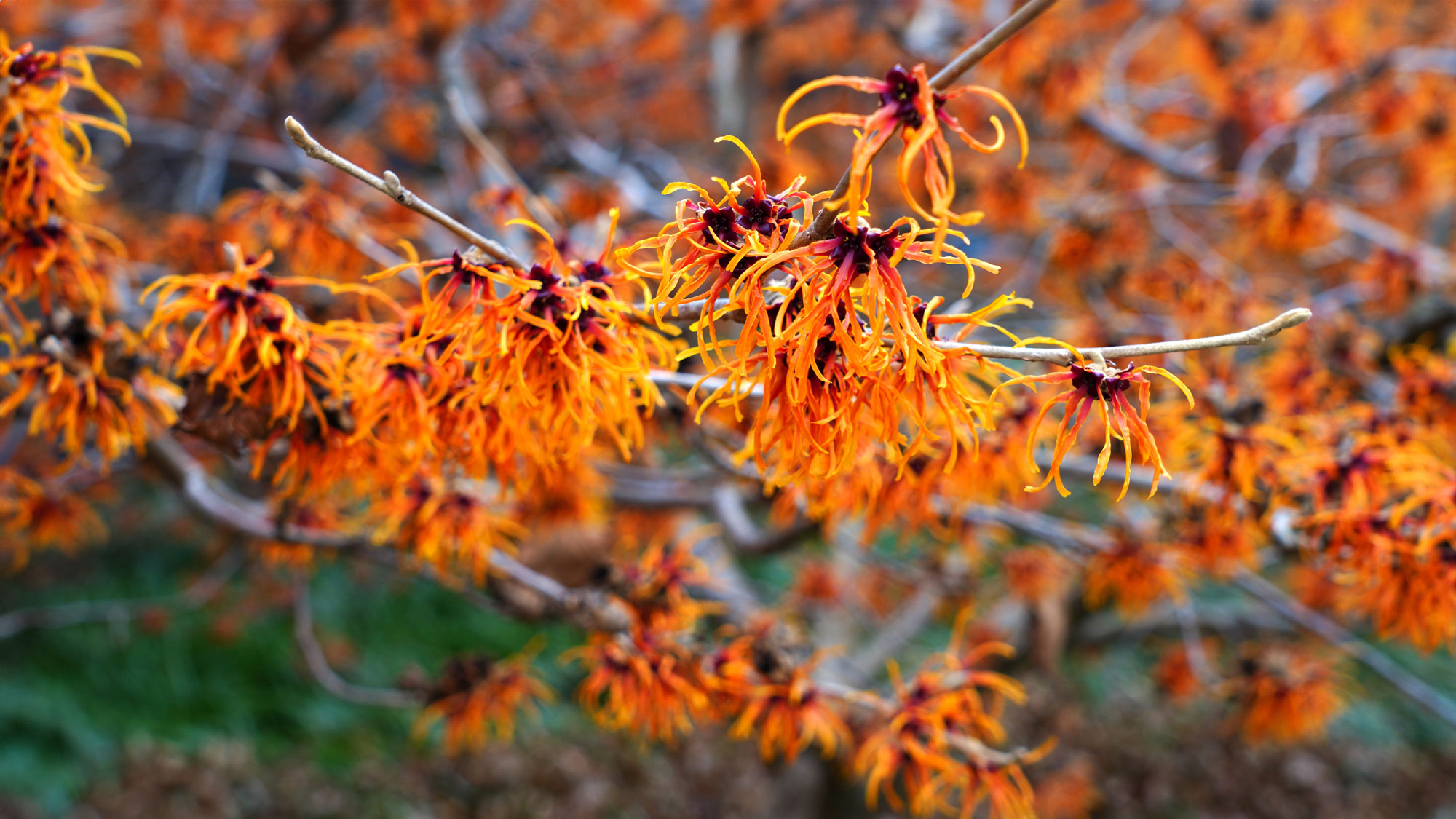

To most of us, fall color means the yellow, orange and red of autumn leaves. However, if you invite fall flowering trees into your garden, they provide a lovely counterpoint to the turning foliage – enhancing tone and texture with elements of color intensity, showy petals, and fragrance.
Trees that flower in fall aren’t exactly plentiful in choice, making them as unique as they are lovely. Some late-flowering trees extend their summer bloom season into fall while others, in appropriate zones, rebloom in September. In either case, growing trees that flower in fall can add weeks of seasonal color to your fall garden. If you are interested in autumn flowering trees, here’s my list of favorites to get you started.
Growing The Best Fall Flowering Trees
Before choosing a tree, consider the space in your yard and the maximum height and spread of the tree you have in mind. Select a tree that thrives in your hardiness zone. Determine how many hours of sun the site receives, and pick a tree that thrives on that level of sunshine. Soil can often be amended, but do a soil test (including a pH test) before choosing a tree, using a soil meter like the Raintrip 4-in-1 Soil Meter from Amazon. Most trees prefer well-draining soil, and some require acidic soil.
Newly acquired trees that flower in fall can be transplanted in fall or in spring. Summer transplanting brings the added stress of hot temperatures, while winter weather makes it hard for a new tree to establish a strong root system. Ahead of planting, add a little aged compost or organic material to the soil for better growing conditions. Digging over the soil can prevent compaction. You might also want to add a sprinkling of mycorrhizal fungi, like DynoMyco Granular Mycorrhizal Fungi from Amazon. Sprinkle this on the tree roots to help your blooming trees establish quicker.
These days, water is a precious commodity, so you may be inclined to select a tree that doesn’t need consistently moist soil. Ideally, your new fall-flowering tree will be drought tolerant. When growing trees that bloom in fall, you should also take a look at other plants with autumn interest in the garden, and try to match bloom timing to ensure the most brilliant and memorable seasonal color.
1. Franklin Tree
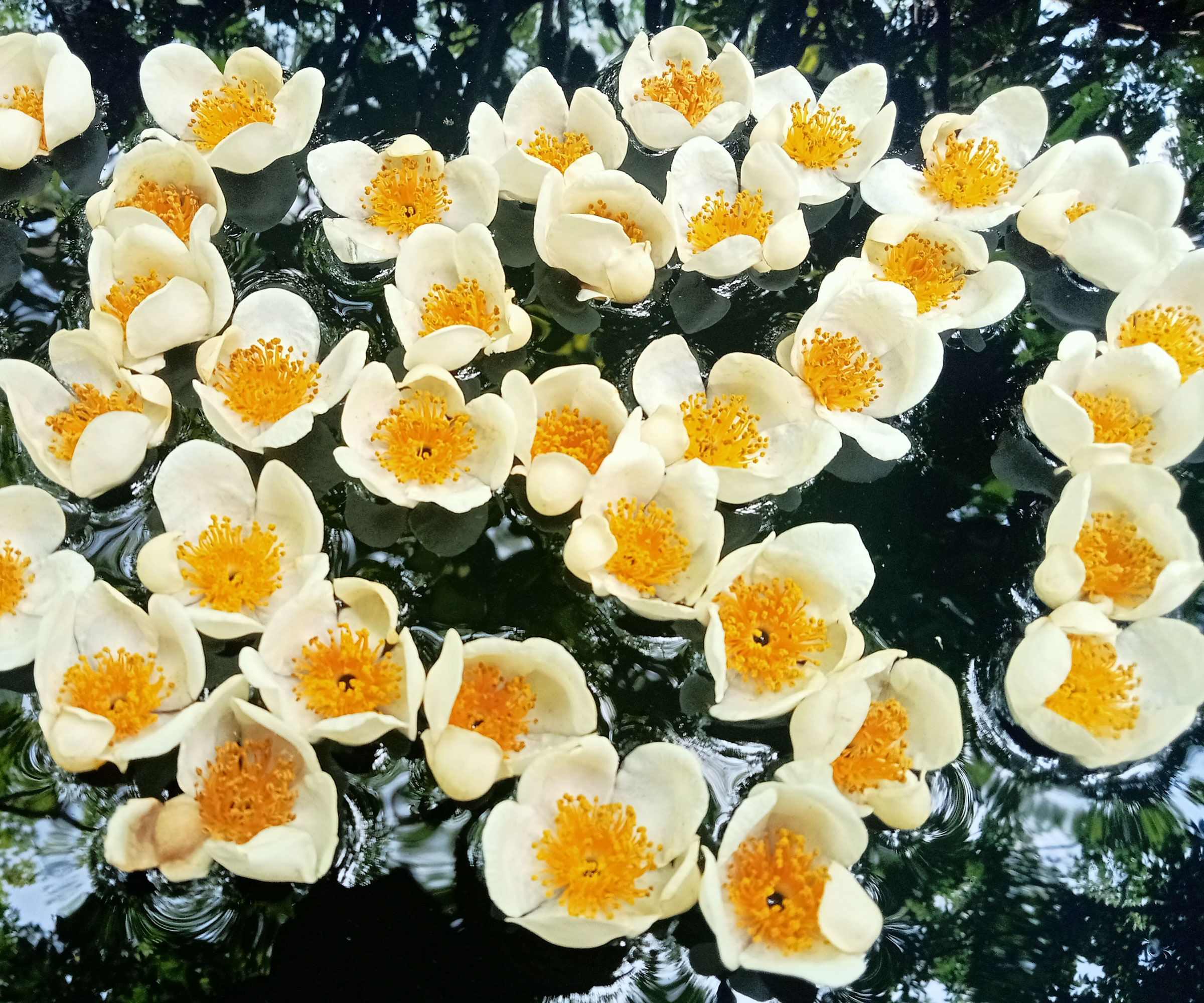
- Bloom Time: Late summer-early fall
- USDA Zones: 5–8
- Height: 20 feet (7m)
- Growth: Full sun, well-drained soil
You are not likely to see many Franklin trees (Franklinia alatamaha) in your neighborhood. This small, intriguing tree used to be native to Georgia, but today the Franklin tree appears to be extinct other than in cultivation. Given its charm and easy-growing nature, it should be used more in landscapes. You can buy Franklin Trees as live plants from Fast Growing Trees.
The flowers on this late-blooming member of the tea tree family are incredibly showy. The silky white cup shaped petals join at the flower’s golden center – and carry a beautiful fragrance. These large camelia-like blooms appeal to native butterflies as well as humans, so these trees are also great for a butterfly garden.
Sign up for the Gardening Know How newsletter today and receive a free copy of our e-book "How to Grow Delicious Tomatoes".
Bloom time depends on location. This tree can bloom in late July in very warm areas. In cooler places, it blooms in August, and the flowers can keep coming through the first frost. The long, slender leaves perform their own autumn magic, turning from green to blood red.
2. Witch Hazel
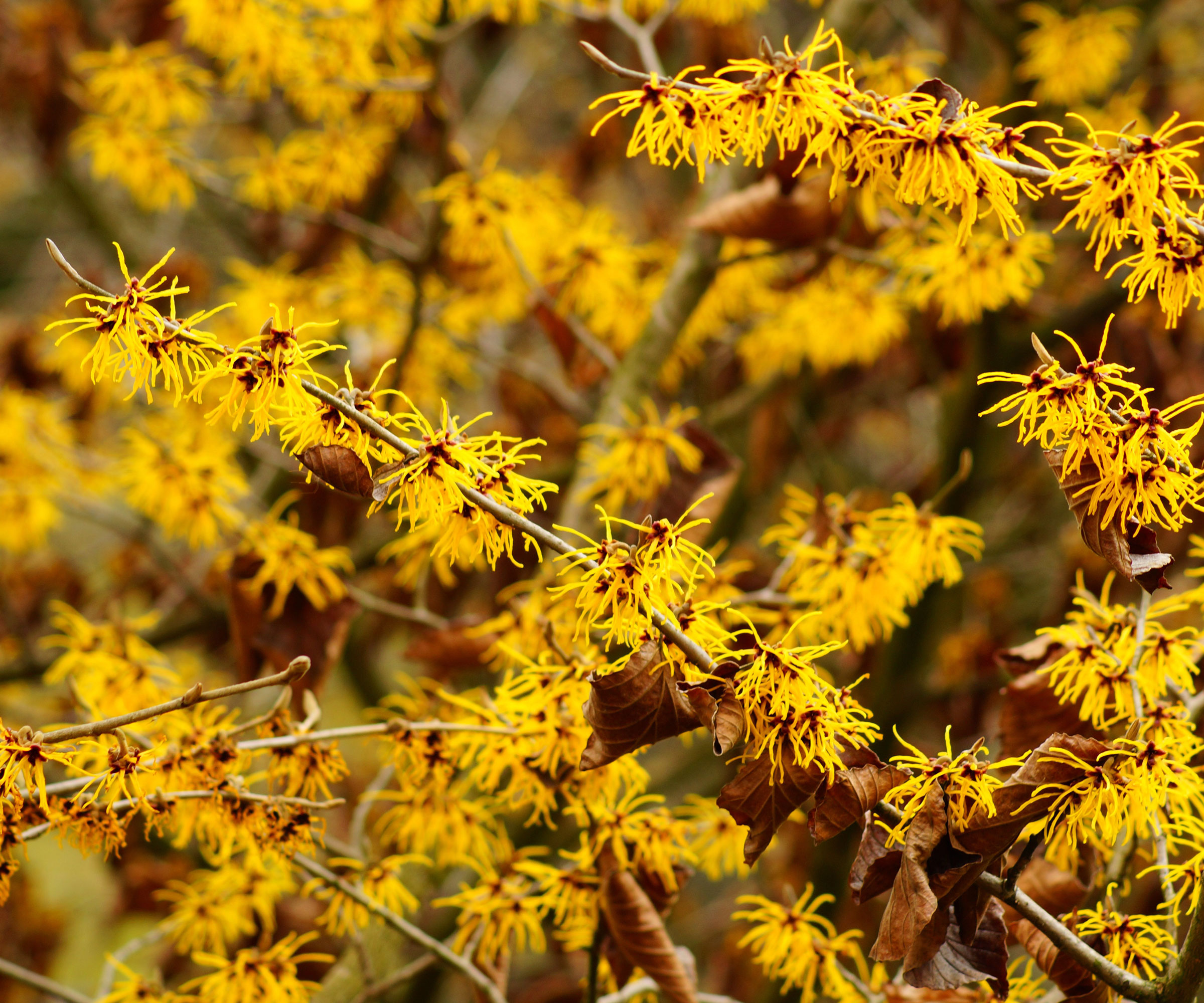
- Bloom Time: October-December
- USDA Zones: 3–8
- Height: 10-20 feet (3-7m)
- Growth: Full to part sun; moist, well-draining soil
Witch hazel (Hamamelis virginiana) is best known as an astringent. But the astringent is produced from the bark of the lovely little witch hazel tree. Witch hazel grows slowly, producing broad green leaves, followed by fragrant clusters of odd and interesting flowers – each with four, canary yellow strappy petals.
Add to that the pow-power of a fabulous fall display, with leaves turning yellow to scarlet. The spidery blooms of this small flowering tree appear between September and December, and can keep on keeping on through winter. Look for specimens that flower after the leaves have fallen, as the beauty of these unique yellow blooms is not hidden by the foliage. Buy Witch Hazel in 5-packs of live plants from Amazon.
3. Desert Willow
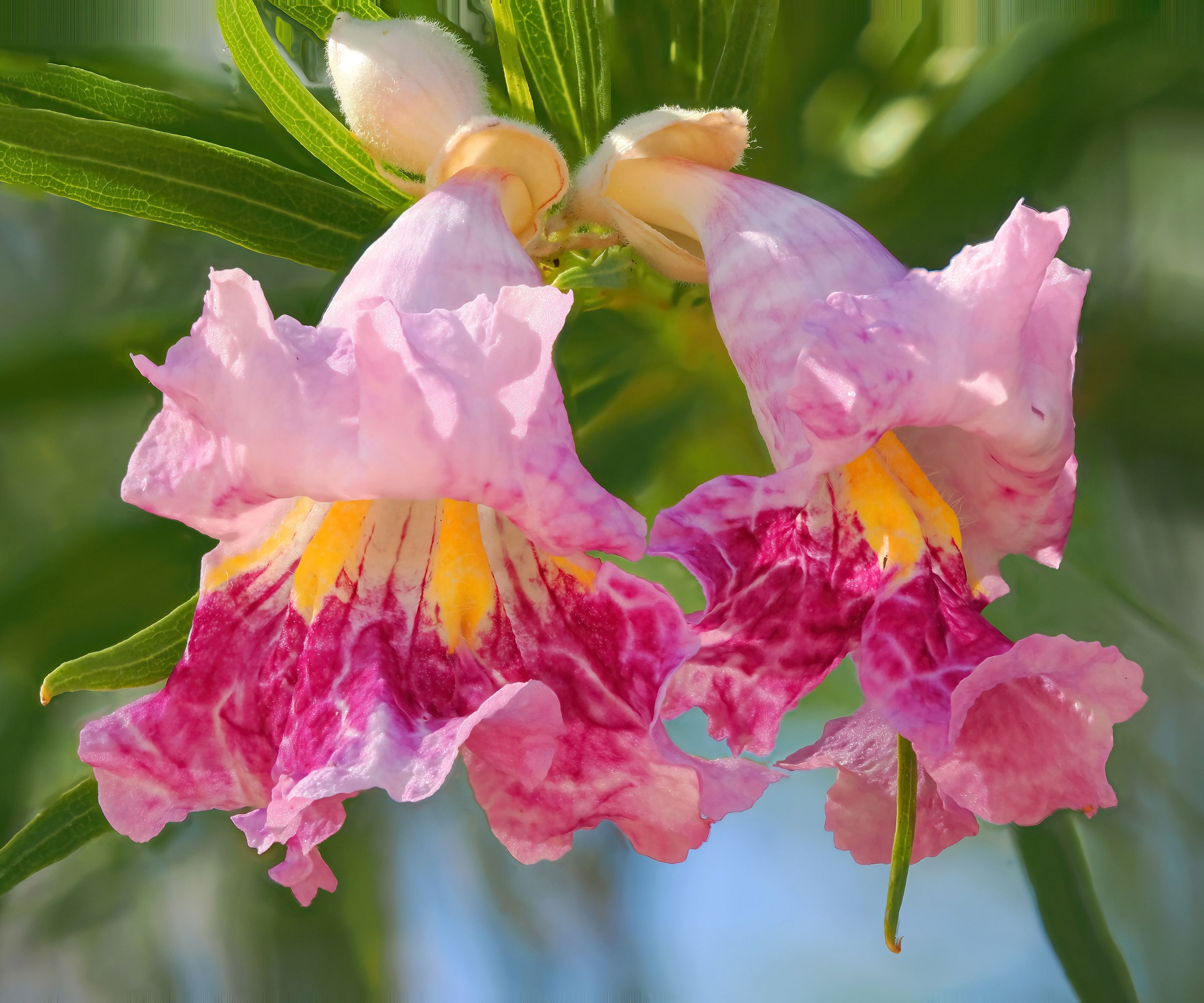
- Bloom Time: Late summer-fall (in warm zones)
- USDA Zones: 7-9
- Height: 18 feet (6m)
- Growth: Full sun; medium to dry well-draining soil
What do fall blooming trees have in common? Each one is unusual in its own way. The desert willow (Chilopsis linearis) looks like a small willow but it is not a willow at all. Rather, it is a member of the trumpetvine family and – unlike the willow – this tree tolerates heat and drought. Its fragrant blooms are showy funnel-shaped flowers that appeal to butterflies and bees. Thanks to the flowers, these trees are also enticing to birds. In the wild, desert willow flowers are dark pink but cultivars offer variations.
Flowering begins in May, but the desert willow can continue to flower all summer and into fall. The tough little tree has a remarkably long bloom period if it gets sufficient water. However, the heaviest bloom in summer. You can buy Desert Willow Tree seeds from Amazon in packs of 100.
4. Devil’s Walking Stick
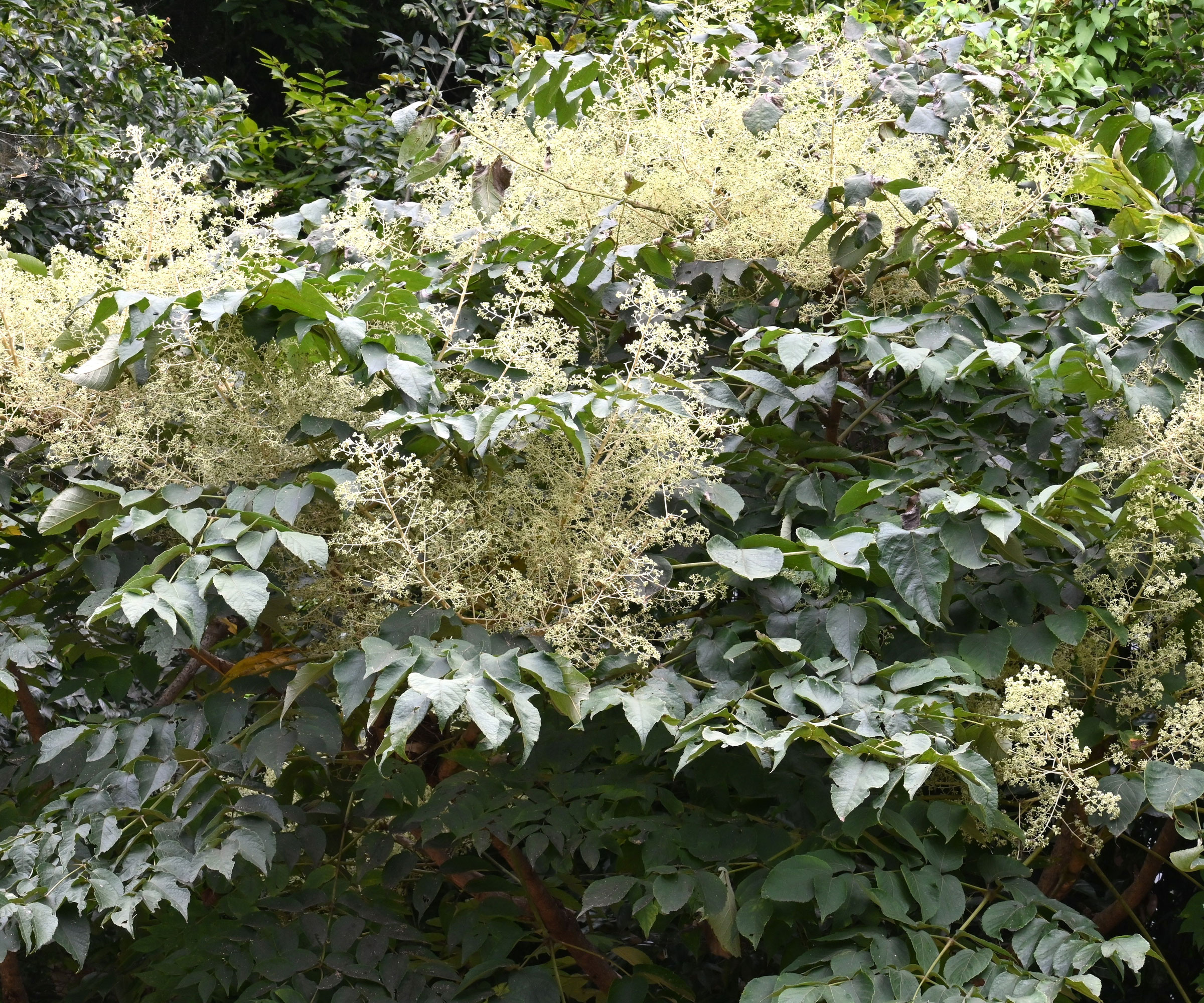
- Bloom Time: Late summer–early fall
- USDA Zones: 4–9
- Height: shrub to 15 feet (5m), tree to 35 feet (11m)
- Growing conditions: full or partial sun, well-draining soil
Here’s a very different tree for your landscape. Devil’s Walking Stick (Aralia spinosa) is a large, upright shrub or small tree with sharp spines everywhere – on the stems, on the club-like branches, and even on the leaf stalks. The bottoms are usually leafless, but the trunk is topped with an umbrella of huge leaves – the largest of any tree on the continent.
Top this with its distinctive ornamental features: flowers and fruit. The flowers are impressive, huge clusters of panicles of tiny white flowers that appear in late summer and last through fall. The fruit is juicy, black, and berry-like. The shrub is tolerant of many kinds of soil, accepts city pollutants, and has no serious insect or disease issues. Buy Aralia Spinosa as live plants from Amazon.
Get More from Your Trees
Give your fall-flowering trees the best care possible to extend their bloom season. Autumn flowering trees appreciate sensible attention, such as adequate water during dry periods, and a layer of protective mulch to regulate temperatures:
- Watering: Fall is one of the best times to transplant a tree, because nature helps provide irrigation. But if fall is dry, you’ll need to keep bringing out the hose. Trees require adequate irrigation to flower and fruit. Failure to provide adequate water can lead to bloom failure. However, if the weather is wet and cool, don’t water new trees, especially in the evening! Too much water can cause or exacerbate fungal issues. If you must water, do so in the morning to give the foliage time to dry before nightfall.
- Mulching: Adding a layer of organic material to the area below fall-flowering trees is always a good idea. Mulching protects the roots from excess heat in summer as well as excess cold in winter. As well as regulating soil temperatures, it holds moisture in the soil. You can buy Back To The Roots Organic Mulch from Amazon.
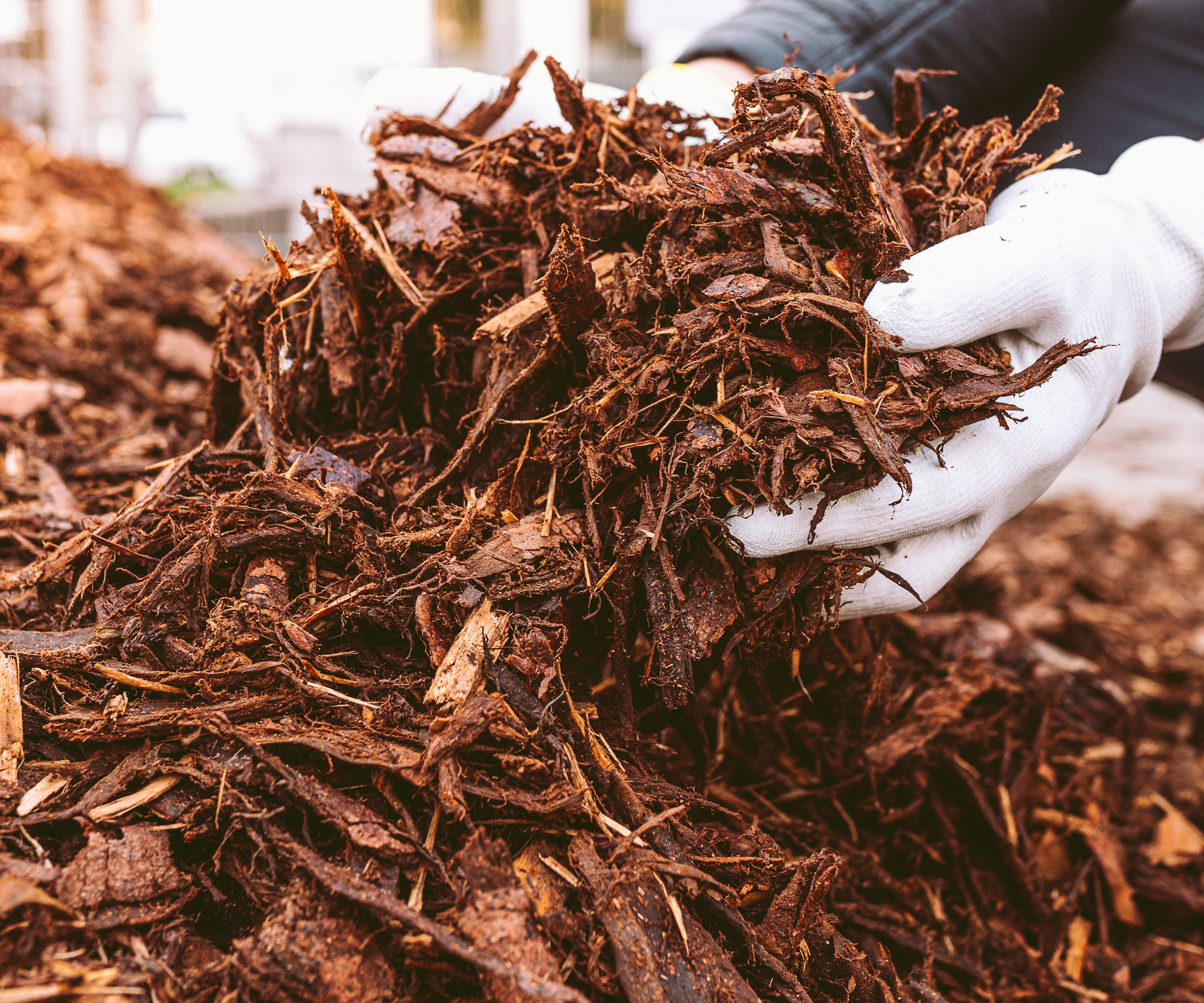
- Light Pruning: It’s never a good idea to prune a tree when it is fruiting or flowering. Sometimes, however, you’ll need to do some light pruning. For example, if a branch breaks or becomes diseased, it should be taken off as soon as possible to prevent further infection. Otherwise, save the pruning for when the tree is dormant. You can buy Felco F2 Pruning Shears from Amazon for branches up to an inch (2.5cm) thick.
- Fertilizing in Spring: Flowers or no flowers, it’s not a good idea to ply a tree with fertilizer in fall. Fertilizer – especially nitrogen-heavy preparations – can encourage botanical growth, and the new shoots produced late in the season will not survive the coming cold season. It’s best to wait, as appropriate spring and summer fertilization will help these fall-blooming trees to flower.
Need more ideas for growing inspiration, timely gardening jobs and seasonal expert advice delivered straight to your inbox? Sign up for the free Gardening Know How Newsletter!
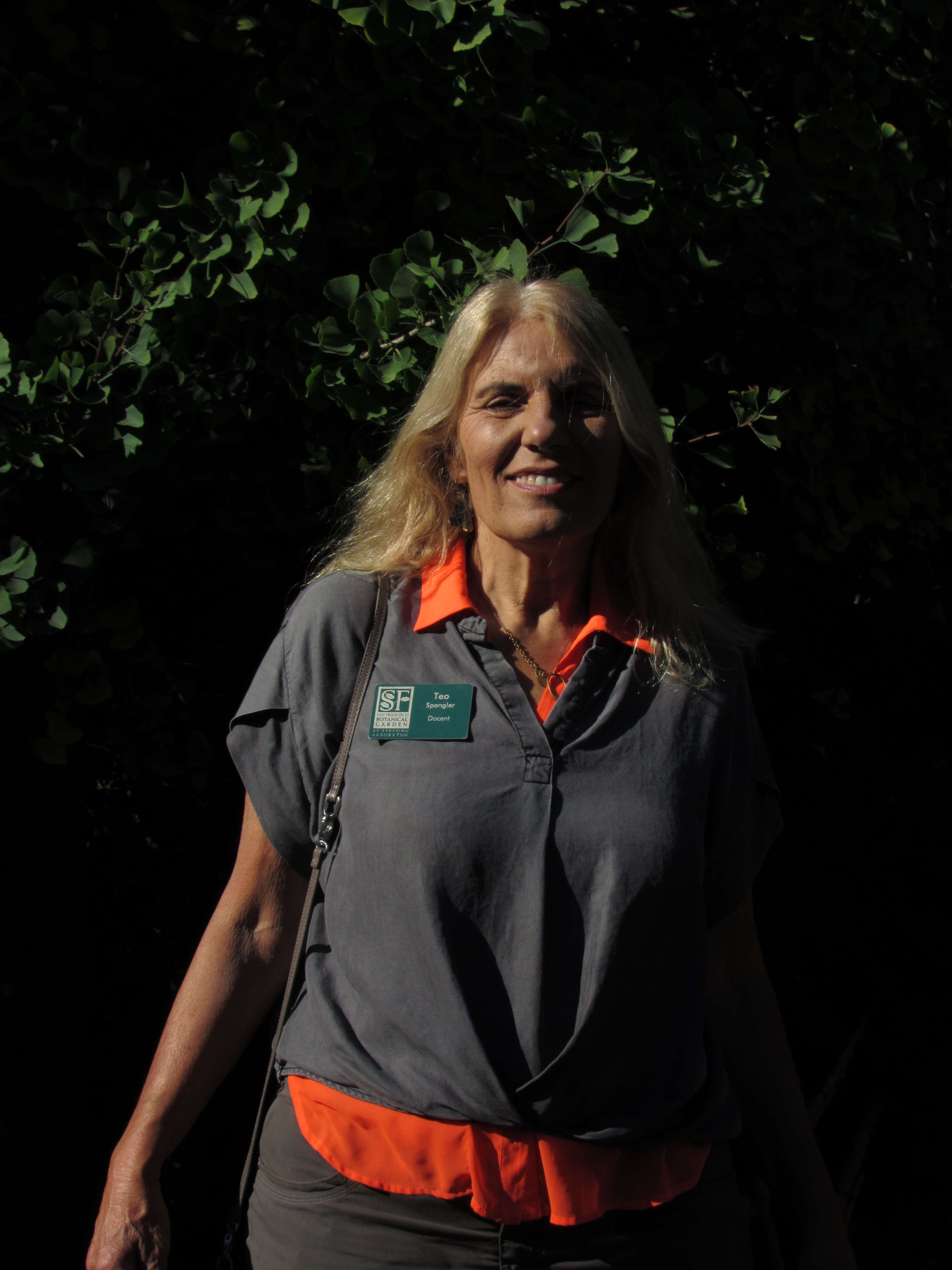
Teo Spengler is a master gardener and a docent at the San Francisco Botanical Garden, where she hosts public tours. She has studied horticulture and written about nature, trees, plants, and gardening for more than two decades, following a career as an attorney and legal writer. Her extended family includes some 30 houseplants and hundreds of outdoor plants, including 250 trees, which are her main passion. Spengler currently splits her life between San Francisco and the French Basque Country, though she was raised in Alaska, giving her experience of gardening in a range of climates.